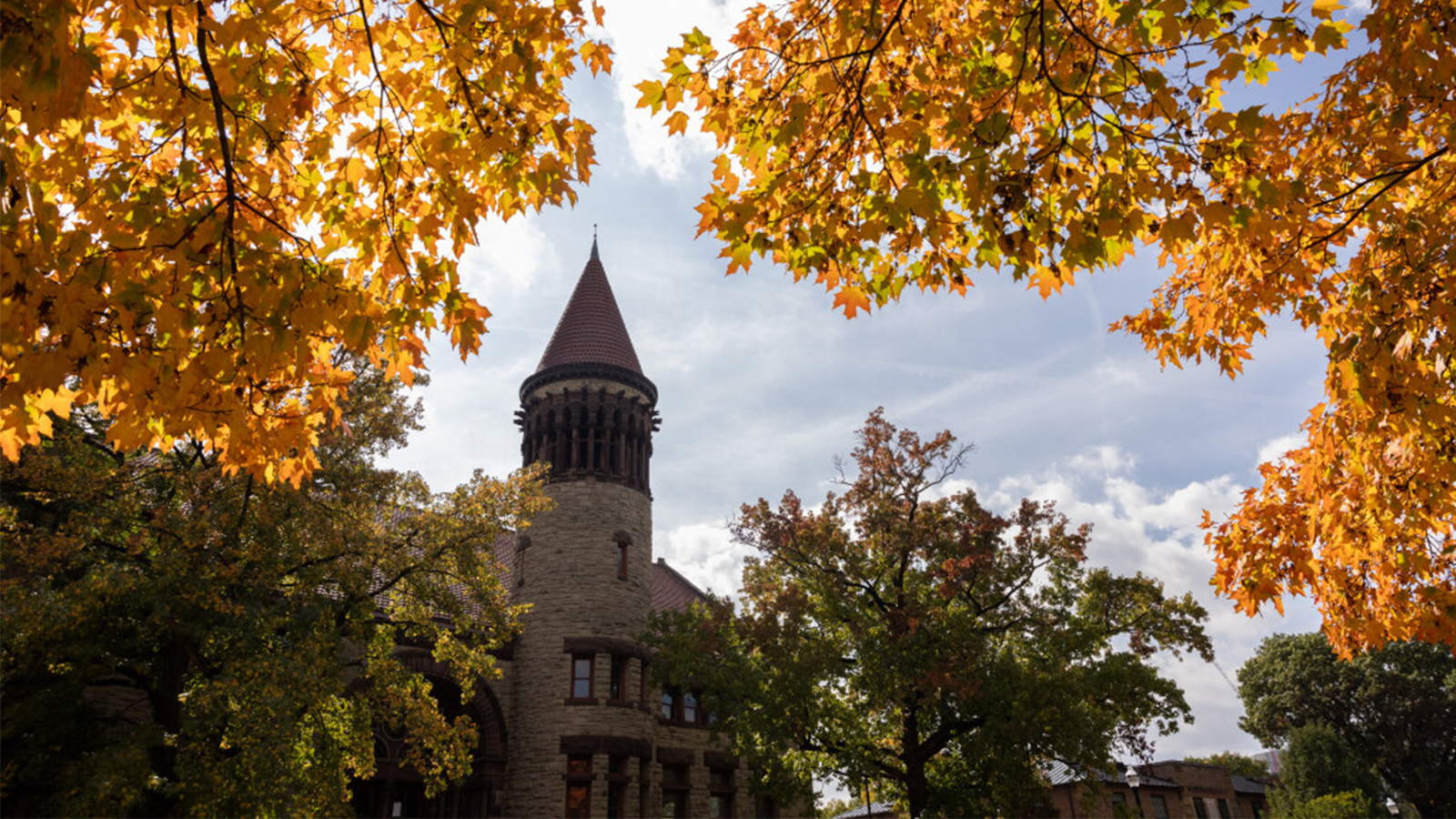In the 1980’s, the state of Ohio distributed funds to eight universities for local or state-wide urban-related research and programs. The Ohio State University initially chose to distribute the funds directly to faculty via the Committee for Urban Affairs. However, following a lack of interdisciplinary interaction and limited visibility of urban scholarship on campus, a push began to develop an urban center at Ohio State. In 1995, dedicated faculty wrote a report to the Ad Hoc Committee on Applied Social and Public Policy advocating for resources for an urban research center. This led to the creation of the Public Policy Initiative Planning Committee (PPIPC) in 1997, a body meant to evaluate the university's strength in the public policy space. The committee determined the "urgent need at Ohio State for some formal structure that can further promote urban and regional research" and issued a call for proposals. The Office of Academic Affairs (OAA) provided funds for an interim organization, the Urban and Regional Analysis Initiative, to be led by Morton O'Kelly (Geography) and Hazel Morrow-Jones (City and Regional Planning).
Finally, on April 6th 2001, the Ohio State University Board of Trustees approved the formation of the Center for Urban and Regional Analysis (CURA). The center was created with the goal to foster interdisciplinary research on urban and regional issues at the city, state, regional, national, and international levels. CURA was also designed to serve the urban research community at Ohio State and to provide a clearinghouse for urban-related research, data, and publications.
In the decades since, hundreds of faculty, staff, and students at Ohio State have conducted urban research and outreach through CURA. Today, the center's standing as a hub for data-driven urban science is a testament to the work of its proponents years ago.

